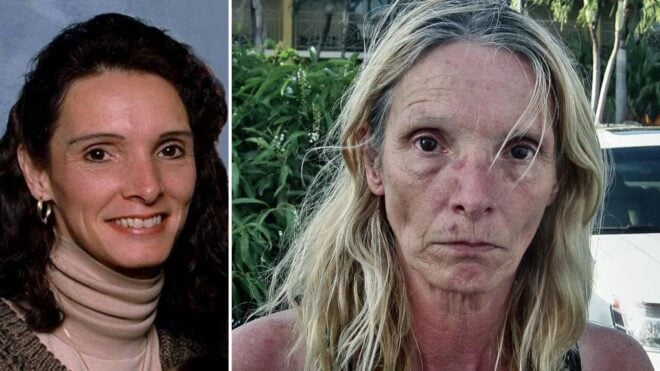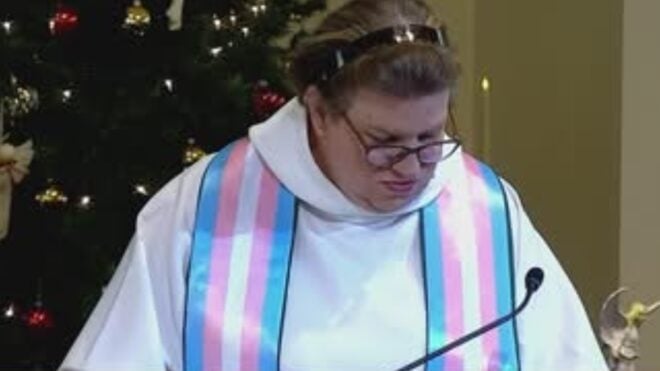Dying is expensive. The average funeral in the USA today ranges between $7,000 and $10,000, which include funeral services, burial, and a headstone. Once upon a time, the only burial option was your standard coffin in a hole with a headstone, but nowadays, there are plenty of ways to take care of your body after your soul has moved on.
It can be hard to decide what to do with a loved one's body (or your own) after they've passed on. After all, even though many of us feel that our souls still go on living after they've left our bodies (and these creepy ghost pictures certainly seem to prove it), it's still difficult to find the perfect way to honor the deceased in a respectable and affordable way. Unfortunately, many conventional burial methods aren't just hard on the wallet — they're also hard on the environment. But as technology advances more and more every day, we're continuing to find new, eco-friendly ways to return our bodies back to the earth.
Whether you're planning for someone else's death or your own, check out these green burials that can make your carbon footprint smaller even after you're gone. Even if you've still got plenty of years left on Earth, it's super cool to see all the amazing ways you can help the planet even when you've moved on from all your earthly troubles!
Don't forget to SHARE this post with all your friends so they can see all the cool, eco-friendly ways you can make the world a better place after you've left it!
1. The downsides to traditional burials

Burial in a steel casket is just about the worst route you can take when it comes to minimizing your impact on the environment after death. The finish that is applied to them is incredibly toxic, and even wooden caskets require about 45 million feet of hardwood per year. Their production process has landed them on the EPA's list of the top fifty hazardous material waste producers, and it's only made worse by the concrete vaults required to hold the caskets so the ground stays level even as the coffin deteriorates over time. And don't forget about the upkeep required to maintain a cemetery — weed-killer and gasoline from the lawn mower wreak havoc on the surrounding area and release harsh chemicals into the atmosphere. Plus, with all those bodies and coffins that aren't decomposing, we're running out of places to put the deceased. Cemeteries may be a final resting place for us, but they're also slowly killing the environment.
2. Is embalming fluid safe?
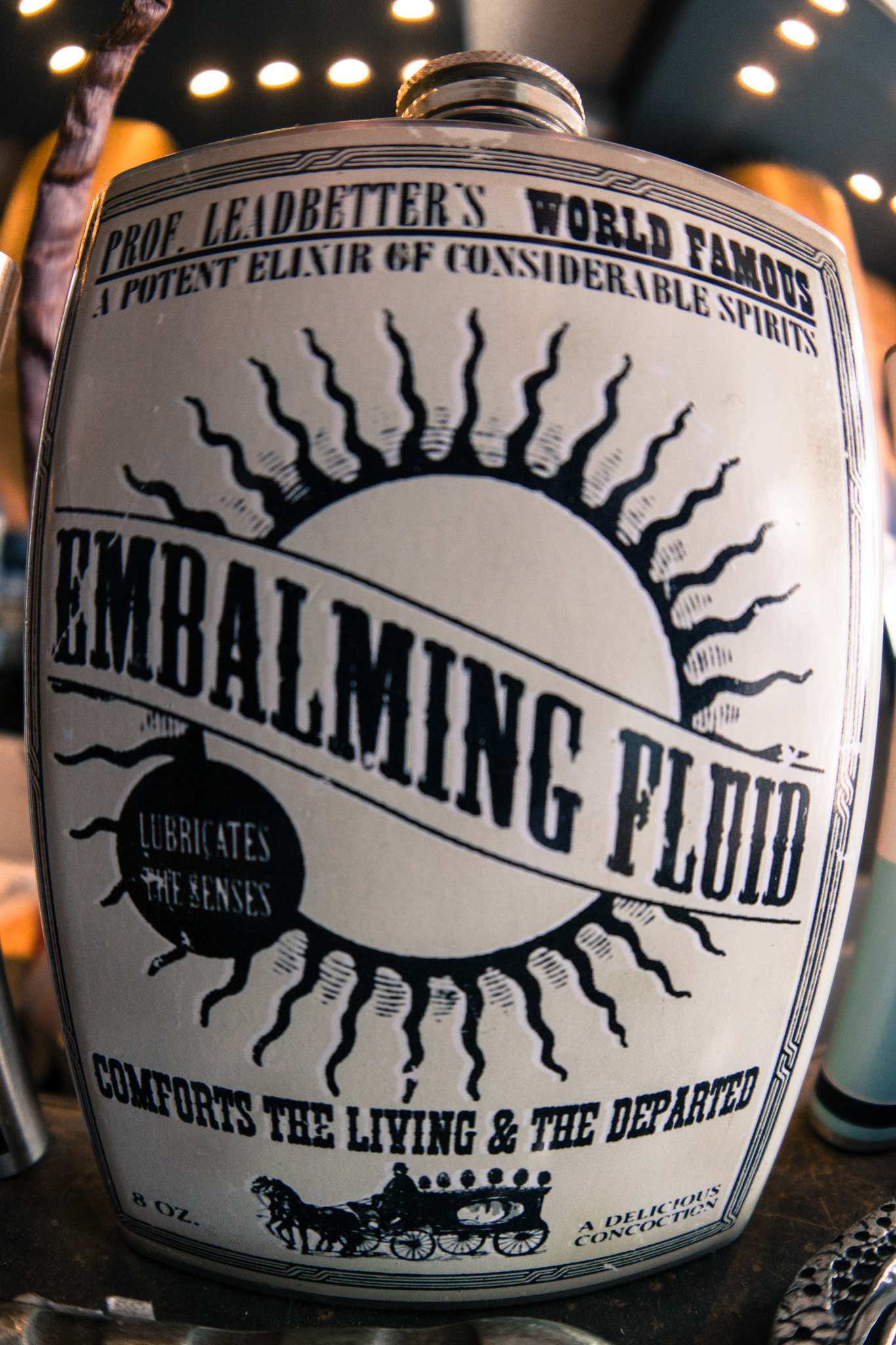
Embalming is the reason that bodies don't look completely dead when we attend wakes or do dissections in biology class. It involves replacing bodily fluids with formaldehyde, glutaraldehyde, ethanol, and humectants to slow down the decomposition process. But eventually, even the best chemically preserved bodies start to break down, and when they do, all those harsh chemicals have to go somewhere. The good news is that formaldehyde is biodegradable, but the bad news is that it's a known carcinogen. And when 800,000 gallons of embalming fluid seep into the ground every year, that's bad news for any living creatures that live nearby.
3. Death before the 19th century
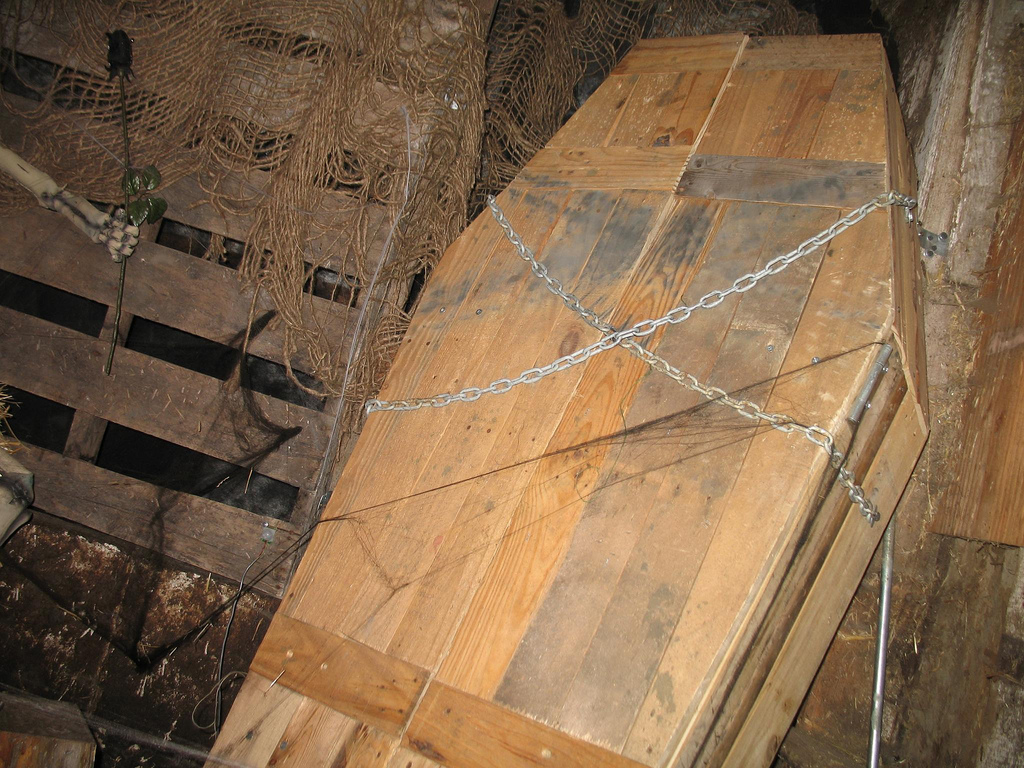
We haven't always used these environmentally harsh practices to bury our dead. Before the 19th century, it was common to set corpses in plain wooden coffins without any form of chemical embalming and lay them at least six feet underneath the earth's surface. Sometimes, people would even leave the coffin out of the hole, instead using it as a manner to transport the body and then letting the cadaver roll out of it and into the ground. Then the coffin would be re-used for another body later on. It might be a more casual way to treat the dead than we're accustomed to, but it was much better for the environment. Allowing a body to decompose naturally might not bring to mind the prettiest mental images, but it's great for the soil and plants around it.
4. Cremation

Cremation is often seen as more personal and cost-effective than traditional burial, but it still has a fairly large environmental impact. To completely transform a body into ash, the incinerator must be heated to between 1,400 and 1,800 degrees Fahrenheit, where it must remain for up to ninety minutes. In that time, natural gas is burned, releasing greenhouse gases into the air. Even though more fuel-efficient crematoriums have been built in recent years, there's still the concern of burning other chemicals that can be found in a body, such as tooth fillings which can release toxic mercury into the environment. It's slightly better for the environment than burial, but not by much.
5. Green burial sites
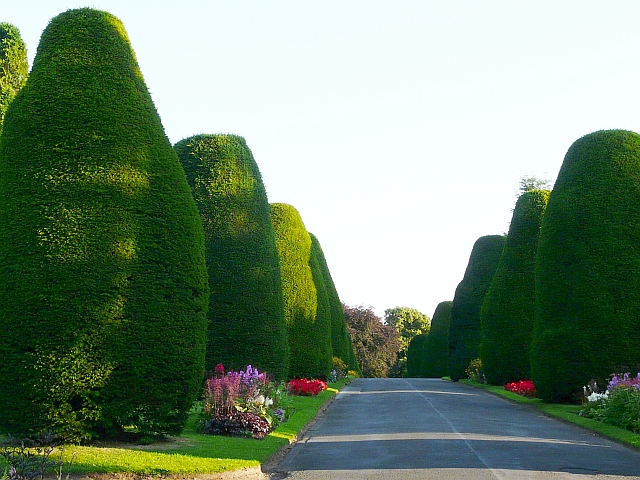
To give families a greener burial option, some cemeteries are bringing death back to its roots in the form of green cemeteries. The first one, Carlisle Cemetery in the UK, opened in 1991 as an add-on to its pre-existing burial ground. Each grave is marked with an oak tree raised by local growers rather than a headstone, and the entire plot has a woodland setting with a diverse population of plants. Since then, other green cemeteries have started popping up all over the world, including more than 300 in Europe, 49 in the U.S. and Canada, and even a few in Australia and China. Some burial sites forbid the use of formaldehyde-based embalming or coffins, instead insisting that bodies are returned to the ground in their natural state so nature can take its course without any environmental repercussions.
6. Resomation
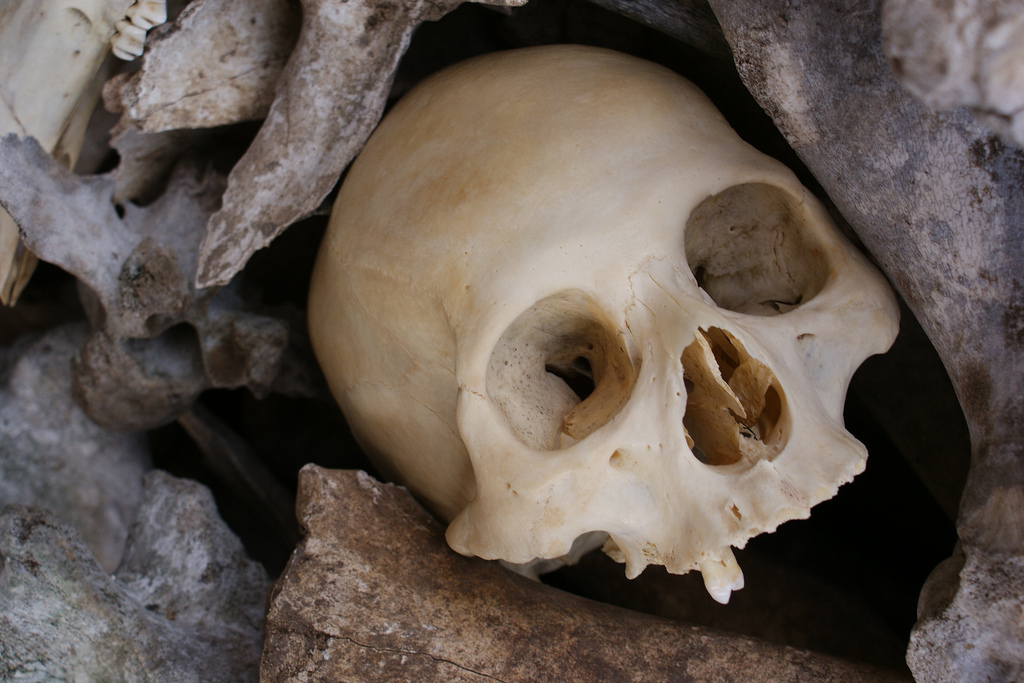
For those who still prefer cremation, resomation is a newer, more eco-friendly form of cremation. It involves submerging the body in a vat of potassium hydroxide, which breaks down the body into a dark caramel-colored solution that can be released into the environment with virtually no negative effects. The bones that are left behind are crushed into white "ashes" that can be preserved in an urn or spread like traditionally cremated ashes. The process is completely legal in Florida, Oregon, Maine, and Minnesota, with some states such as New Hampshire wanting to test out resomation before it's given the OK for public use. This method of "cremation" might bring up some pretty graphic memories for fans of Breaking Bad (even if Walter White's method was a bit different), but it's much better for the environment than incinerating a body.
7. Promession
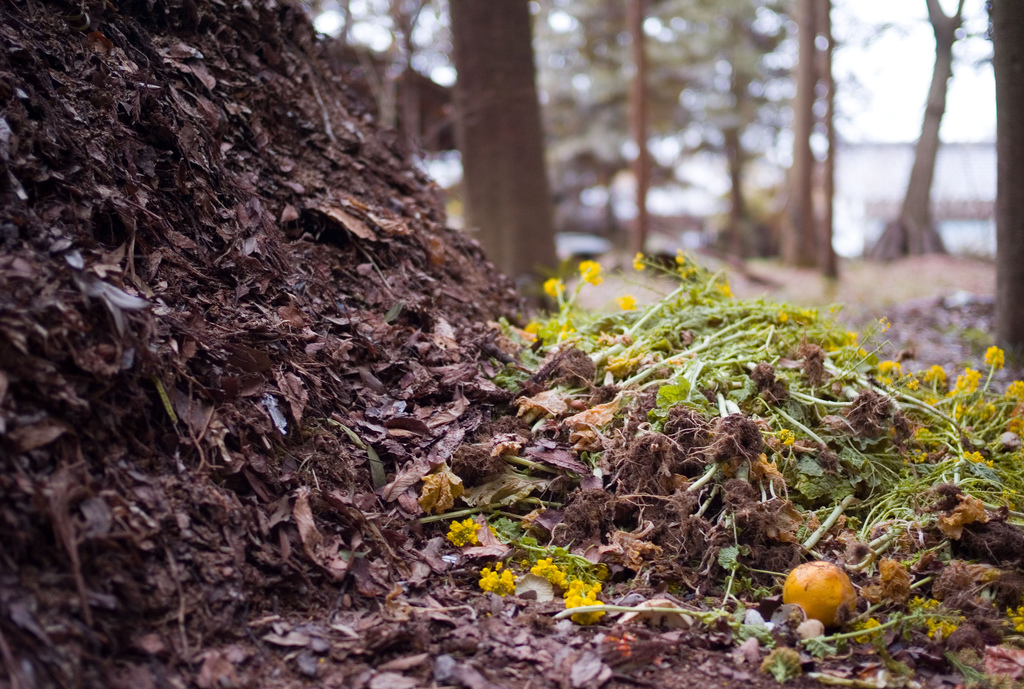
There's something very poetic about helping to start new life after we die, and promession might be the way of the future to help it happen. It was invented in the 1990's in Sweden, but so far, no facilities have opened to make it available. When you learn how technologically involved it is, it's easy to understand why — the body is frozen and placed in liquid nitrogen, which makes it extremely brittle. In fact, all it takes after that are some strong vibrations to break the corpse into itty bitty pieces. The leftover ice and metals (such as those toxic dental fillings) are filtered out, and the remains are put into a cornstarch container. Everything is then moved into a shallow grave, which allows the organisms in the soil to break down the body and make the "burial" site a perfect place for new plants to grow. The process itself might not be natural, but the positive impact it has on the environment definitely is.
8. Mushrooms
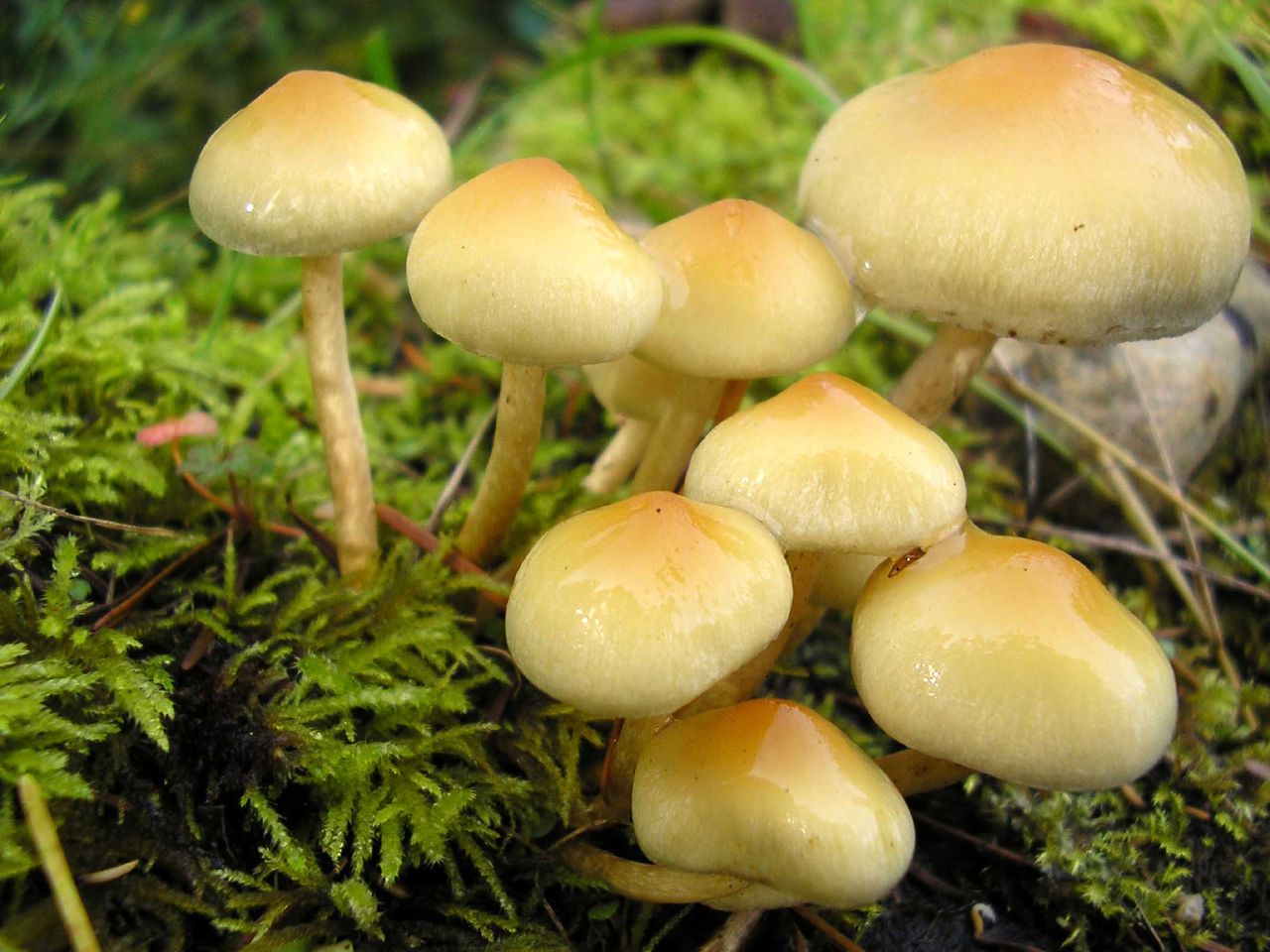
The only downside to resomation is that the filtration process can't remove all the chemicals found in our bodies. We're exposed to a lot of nasty stuff over our lifetimes, including pesticides on food, gasoline fumes, and nail polish. So if we're going to compost our bodies after we die, we need a way to keep all that crud out of the soil, and believe it or not, mushrooms can help with that. They recognize any dead tissue as food, and rather than leaving behind all the synthetic and toxic chemicals, they absorb them right along with all the good stuff. Just think — with a combination of resomation and mushrooms, your body can support its own little ecosystem!
9. Bios Urn
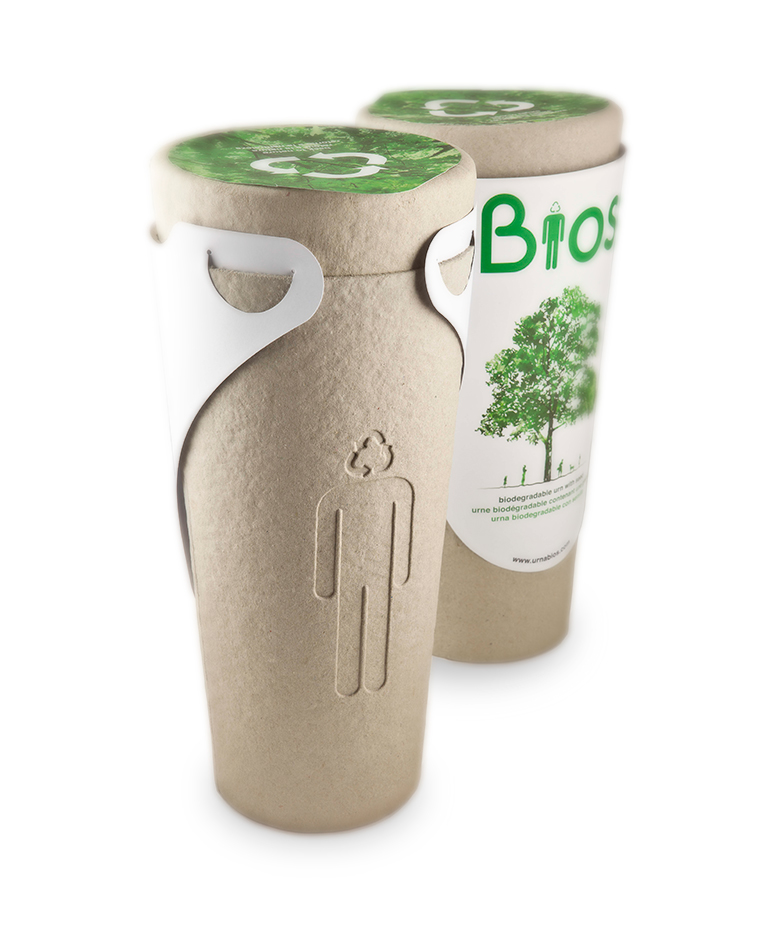
Combining aspects of a green burial with cremation, the Bios Urn is a wonderful way to help spring life from your death. A small urn that contains soil and a seed of your choosing is ready to use — all you have to do is pour in the ashes of your cremated loved one. The container is biodegradable, so when the seed begins to sprout, its roots eventually make their way into the ashes and into the surrounding soil. And from there, a tree begins to grow to mark your place, quite literally rising from the ashes. The Bios Urns don't have an expiration date either, meaning you could really get one right now in preparation for your own death to make the burial process even easier for your loved ones when you pass on. And at only $100, they're much cheaper than purchasing a burial plot. Even though cremation might not be great for the environment, this little urn helps you repay Mother Nature in a small way.
10. Vertical burials
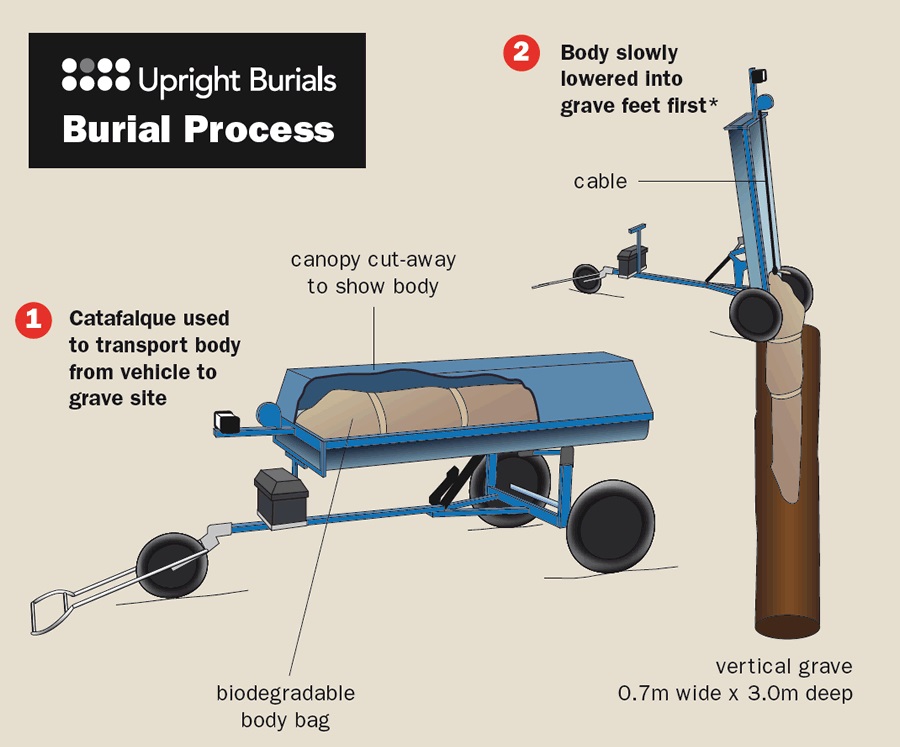
Unlike traditional burials, which lay the body horizontally beneath the earth, a vertical burial sets the cadaver in the ground, well, vertically. The biggest vertical burial company, Upright Burials in Australia, uses a biodegradable body back instead of a casket to minimize the environmental impact once the body is in the ground. The hole that holds the corpse is deep and narrow, rather than wide, which allows more space for burial plots in a single cemetery. If you don't like the idea of being melted down, incinerated, or turned into compost after you die, this method of burial is much better for the planet than the traditional horizontal method.
Don't forget to SHARE these eco-friendly burial methods with all your friends!

